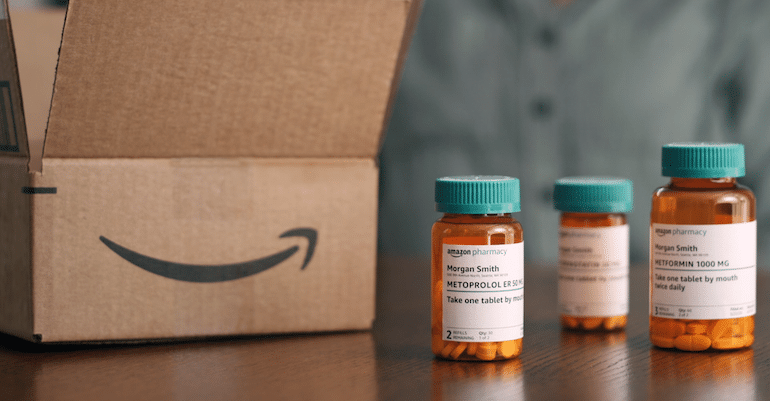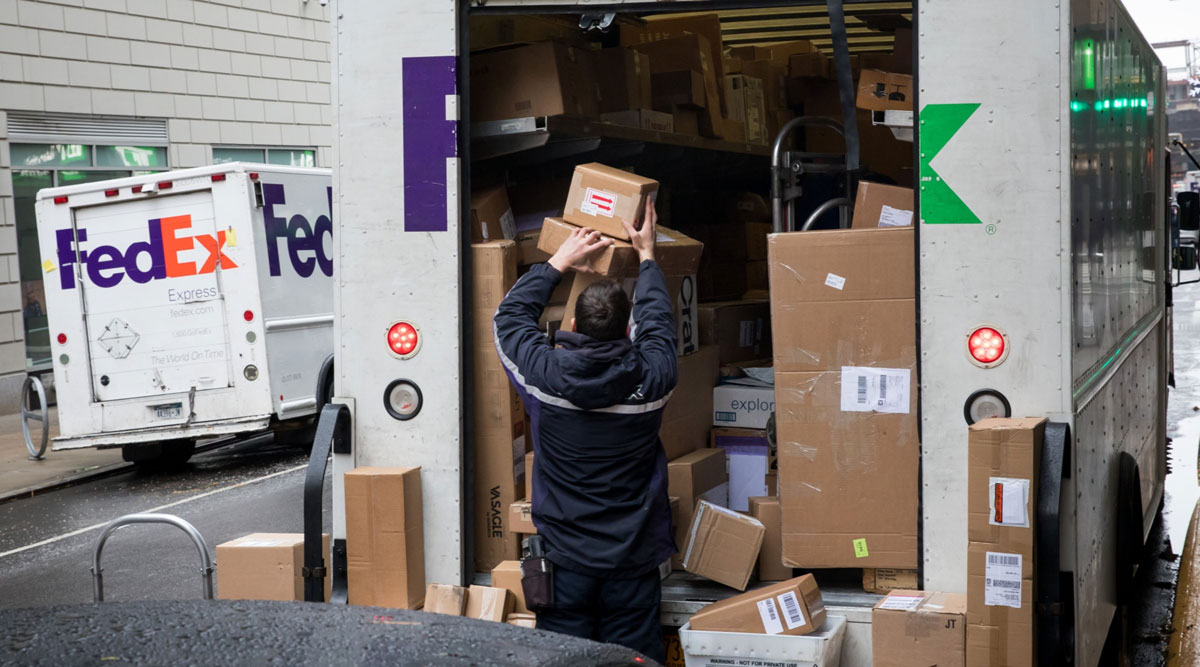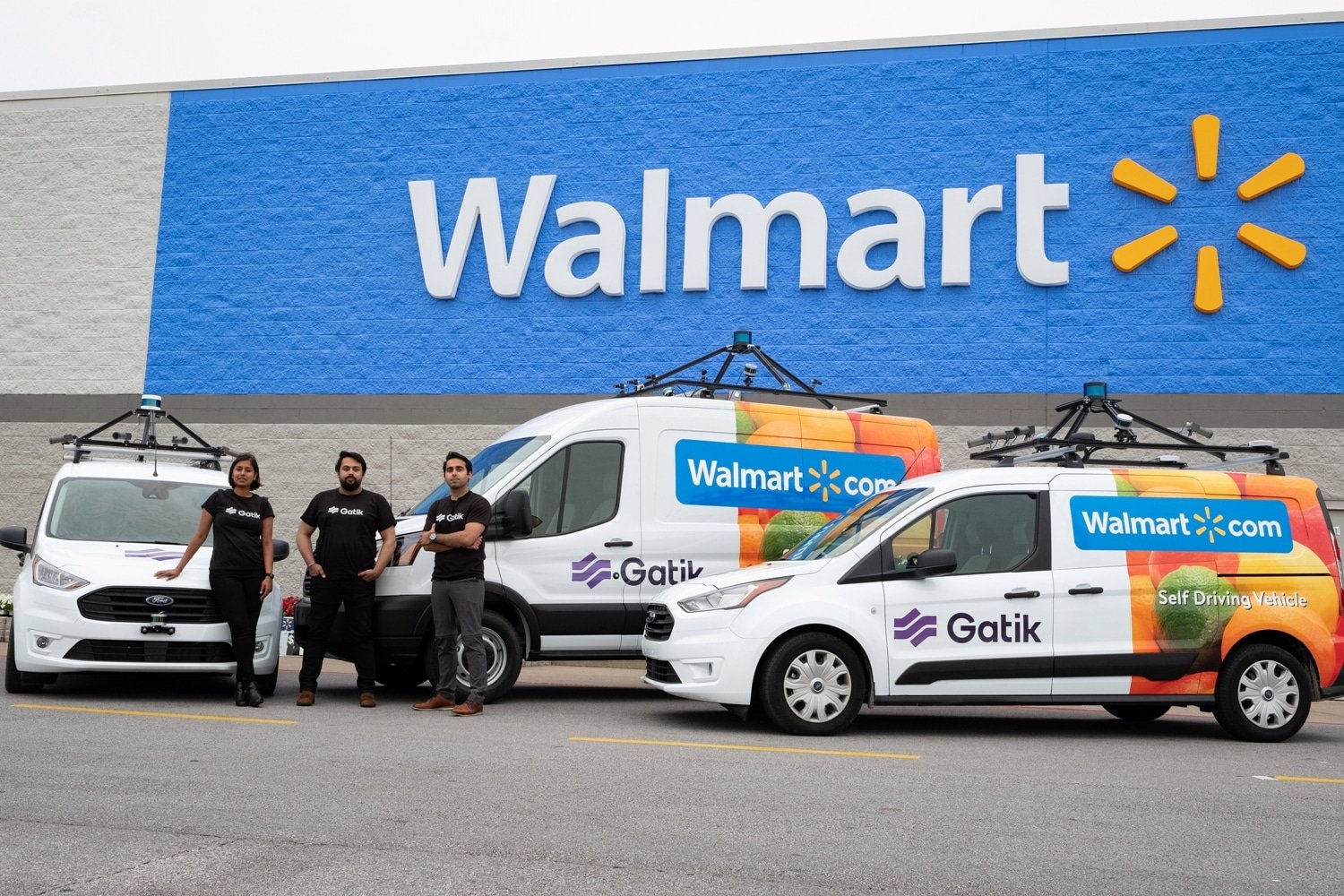Team eCommerce Next interviewed Mr. Troy Graham, VP Business Development at Descartes to get more insights on Better Returns Management with Rising Ecommerce Volumes. Following is our interview with him:
How do retailers traditionally handle their returned orders?
As you can imagine, it depends on the size of the business and volume of returns. It is not uncommon during peak holiday times that returns are “put in the corner” to be dealt with after peak season. Some retailers bring in extra staff to try and receive returns, issue customer credits and coordinate the disposition of returned goods quickly, but this comes at a fairly high cost.
What are the biggest pain points associated with these processes?
Typically, returns-related procedures are manual and, therefore, very labor-intensive. Manual processes are not only expensive, but the time it takes to issue customers their refunds is lengthy, which results in customer service complaints, poor online reviews and additional communications with customer service teams. Additionally, these processes often result in returned items not being available for sales right away. Take, for example, a hot holiday item that is selling well. If that item is returned and ends up sitting in a warehouse, the retailer may end up missing the opportunity to quickly sell that item. In extreme cases, a delay in making that item available for sale may mean the retailer must hang onto the item and, ultimately, discount it to sell post peak season or key event.
Another big challenge for some retailers is combatting fraud and validating that returned items are real and actually purchased from them. In all of the above examples, leading retailers will have an integrated barcode scanning-based solution that allows returns to be received quickly, customer credits to be issued in a timely manner, and goods to be made available for sale right away.
From your experience, what are the biggest challenges organizations are facing as they gear up for this year’s holiday shopping season?
Unlike previous years, some retailers are facing new challenges with obtaining inventory, as manufacturing and supply chains are backed up and retailers are scrambling for new suppliers and products to fill their shelves. There are also labor challenges as many people simply are unwilling to work in a retail or warehouse environment, which is making the labor that is available more expensive than in previous years.
As COVID-19 continues to impact consumer shopping habits, how has this shift impacted customer sentiments around returns – and how does this shape sales strategies for retailers?
Given the pandemic has been a significant accelerant of e-commerce growth, retailers must prepare for the highest level of returns in history. Consumers are expecting to be able to return items faster, more easily and for a longer period of time than ever before. If, therefore, companies do not have a clear and efficient returns process stated online, they can lose a sale to a competitor. Retailers may also consider strategies to offer exclusive in-store items to attempt to drive consumers into their stores. Additionally, ecommerce brands are working hard to start sales early in hopes of capitalizing as much as possible on consumer demand.
With decreased foot traffic in stores, how can retailers get returned products ready for resale and in the hands of consumers?
Many retailers are offering “open box” type items on their web site for the first time ever. In addition, many are evaluating alternative off market channels to sell returned items in bulk vs. reselling them directly to end consumers.
Can you tell me more about the profit potential of returned orders? How severely can returns hinder a retailer’s profitability?
How severely? Dramatically is the simple answer. I once went into a retailer’s warehouse in December and looked at its returns area. Generally, it was supposed to have less than 50 packages in it at any given time; on the day I was there, approximately 1,500 boxes were in the area. When I inquired about the returns area, the operations team said they were simply overwhelmed and didn’t have the time or the people required to verify the condition of all of the returned items and make them available again for sale.
How can retailers streamline their returns management processes? Which technology solutions should these organizations turn to?
The key here is to have a technology-enabled integrated process that encapsulates four key capabilities:
- Integration with the core order management system for rapid customer refunds
- Real-time validation that the correct item is being returned
- Capture disposition decisions by allowing staff to quickly identify the return and determine whether to make available for sale, return to manufacturer, refurbish or recycle
- Finally, the technology must provide a mechanism to make the item available for sale as soon as it has been received and evaluated. The most effective solution here is an app running on a mobile device that supports barcode scanning of RMA documentation, item barcodes and condition/disposition barcodes.
Can you tell me more about the benefits of automation in the warehouse as they relate to returns? What are the specific advantages of this approach?
There are three main advantages to warehouse automation for better returns management: 1) provide a great customer experience by quickly issuing refunds and giving consumers real-time updates on the status of their return 2) drive streamlined, efficient, consistent practices to allow the warehouse team to process a large number of returns quickly and 3) improve the ability to make a returned item available for sale as quickly as possible.
What is the timeline required to set up and implement a warehouse management system (WMS)? Does this timeline vary based on the size of the company?
WMS deployment timeframes definitely vary based on company size. They also vary based on integration requirements and internal technology stacks. I would say a rapid deployment for a single warehouse location can be as short as 7-8 weeks in an ideal situation, but a more common timeline is 12-16 weeks.
When the pandemic ends, do you anticipate any long-term, industry-wide trends/changes around how retailers (both big and small) handle their returns? If so, what are they?
While the pandemic itself is not directly influencing returns handling, it is definitely accelerating a tremendous surge in ecommerce growth. With rising ecommerce volumes, return shipments are also increasing—and more returns equals more fixed capital. To improve cash flow, fast processing of returns is critical. The quicker returns are processed, the sooner companies can make returned items for sale again.
Long-term, convenience for customers will be key for retailers of any size. Some examples: returns procedures need to be consumer-friendly, pre-printed labels for returns must be included in packages, and returns portals can support customer self-service. In addition, more retailers will look at increasing inbound shipment visibility for returns during peak seasons to improve labor planning and ensure quick turnaround/processing.
About Troy Graham
Troy Graham is the VP of Business Development at Descartes, where he is focused on helping businesses succeed in the high growth eCommerce market, enabling excellence across the e-commerce supply chain, and providing integrated e-commerce solutions that facilitate digital transformation for retailers and online pure players.
About Descartes
Descartes (Nasdaq:DSGX) (TSX:DSG) is the global leader in providing on-demand, software- as-a-service solutions focused on improving the productivity, performance and security of logistics-intensive businesses. Customers use our modular, software-as-a-service solutions to route, schedule, track and measure delivery resources; plan, allocate and execute shipments; rate, audit and pay transportation invoices; access global trade data; file customs and security documents for imports and exports; and complete numerous other logistics processes by participating in the world’s largest, collaborative multimodal logistics community. Our headquarters are in Waterloo, Ontario, Canada and we have offices and partners around the world. Learn more at www.descartes.com, and connect with us on LinkedIn and Twitter.



























 .
.






